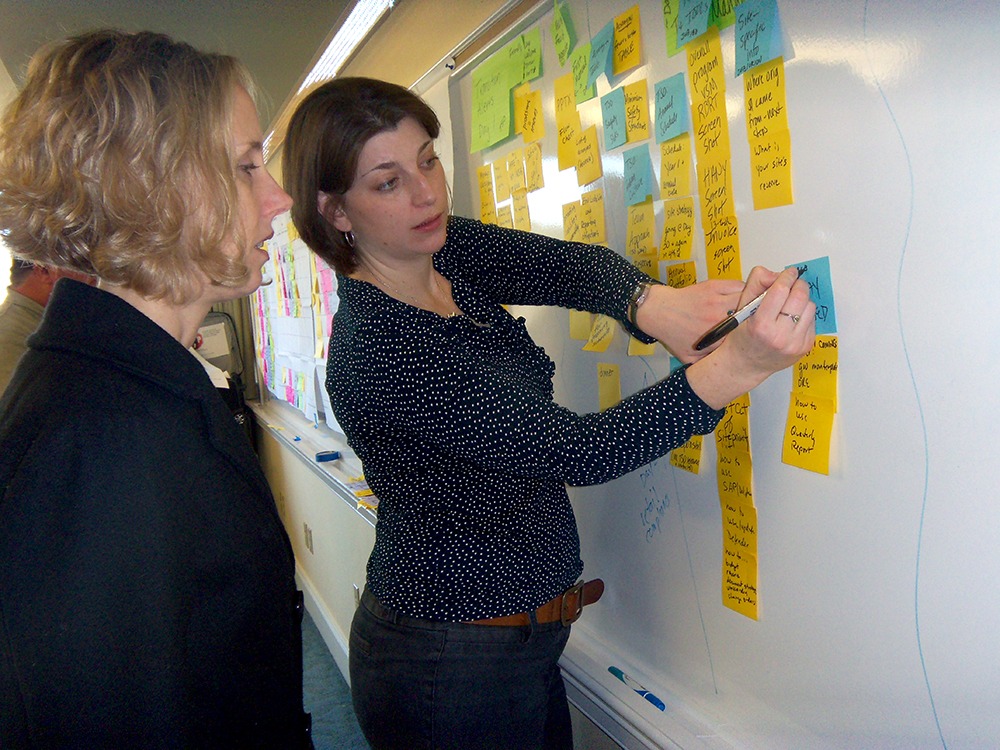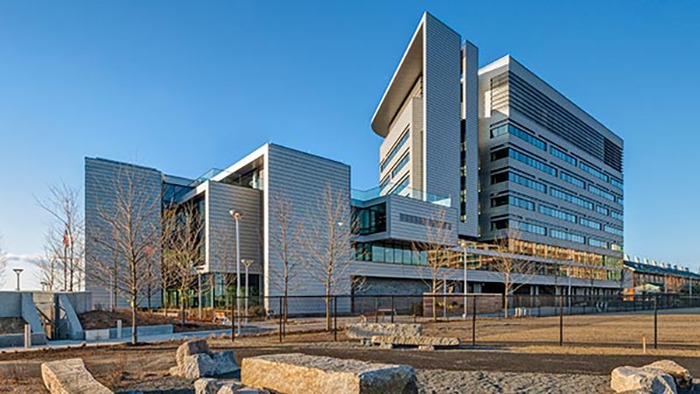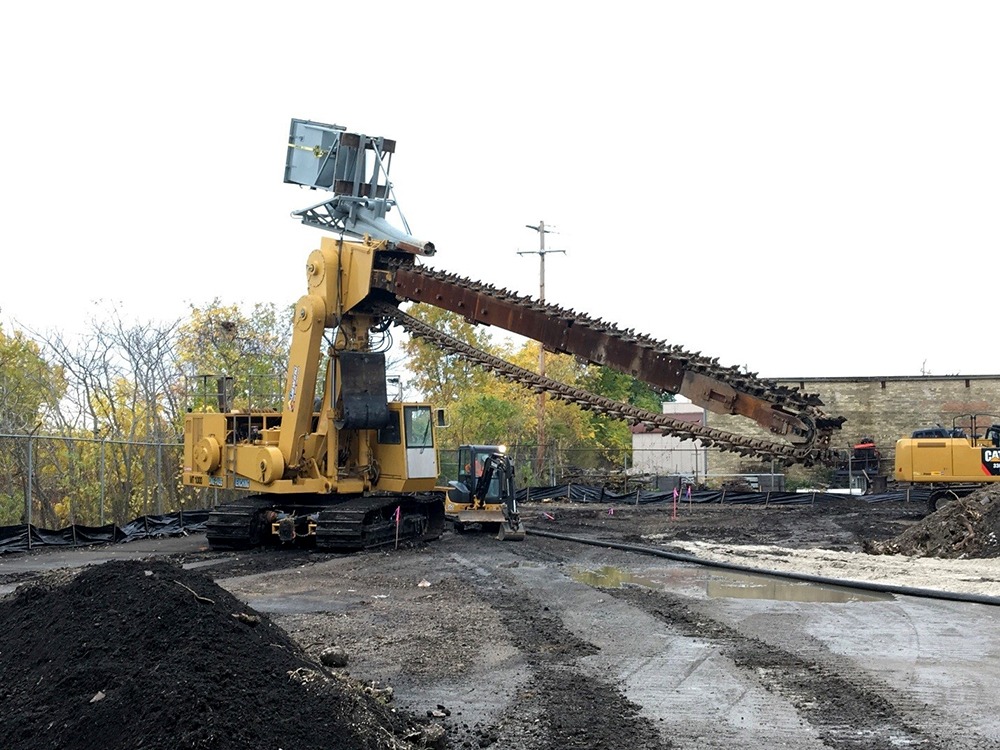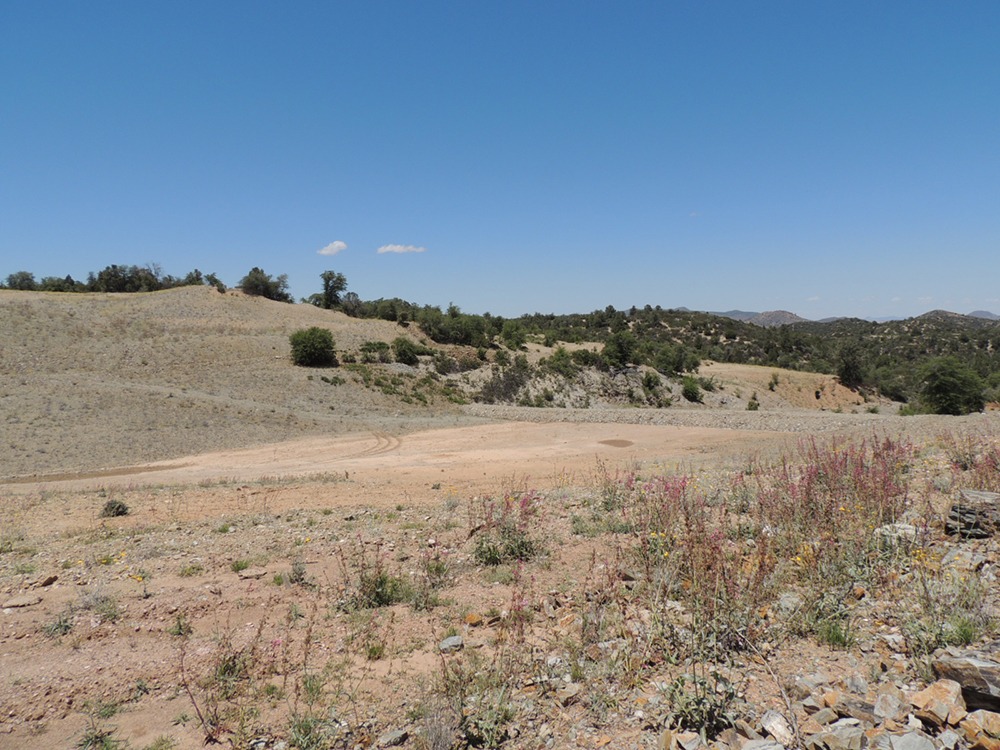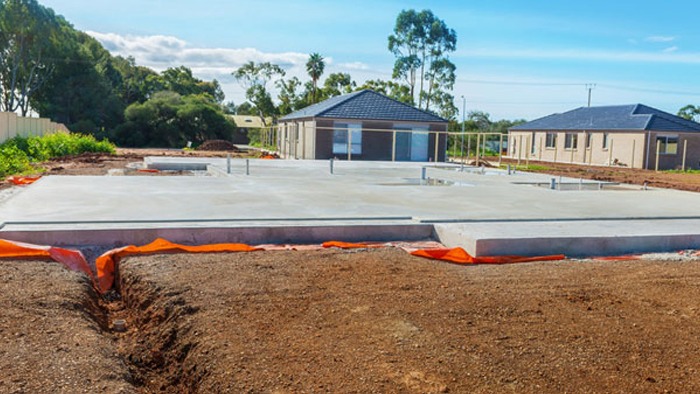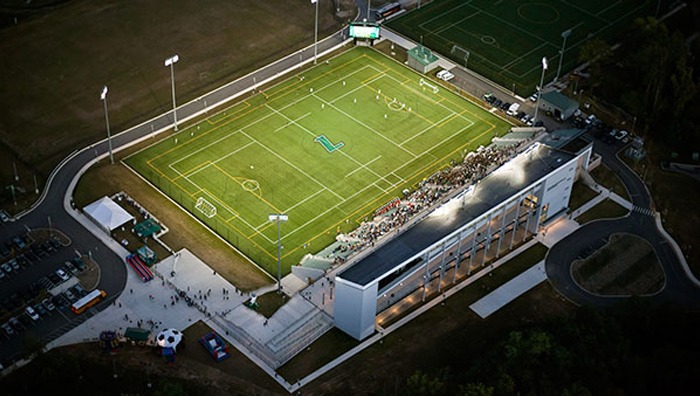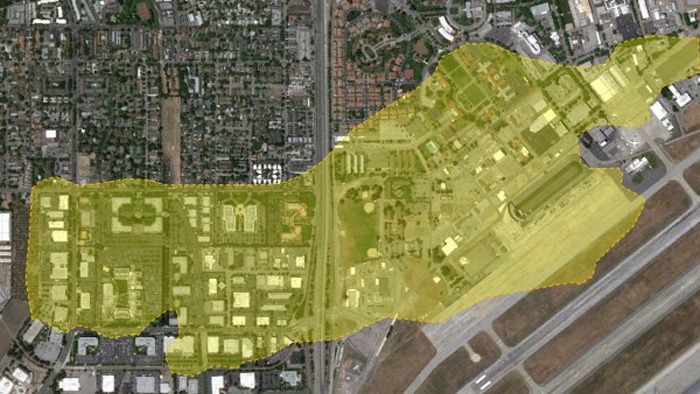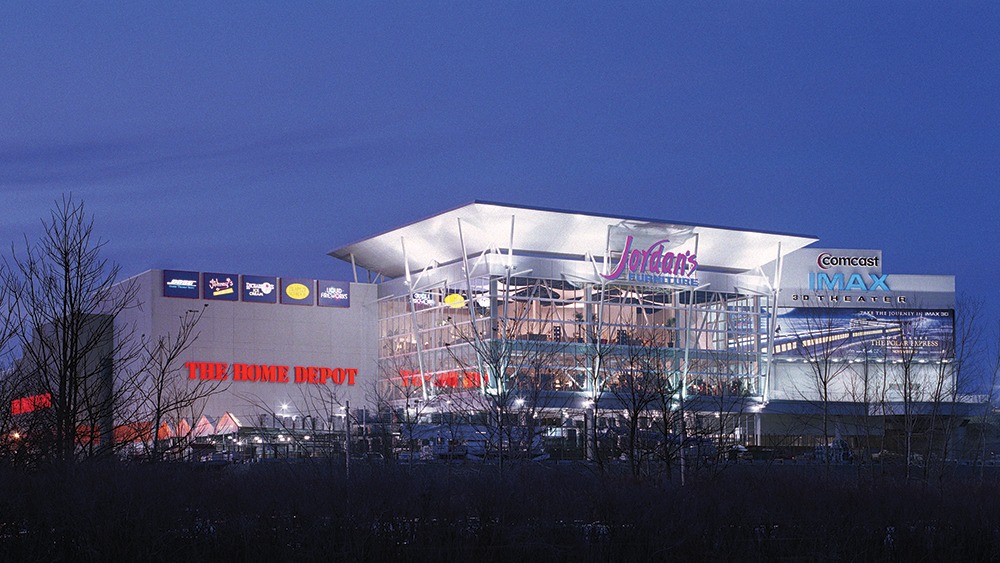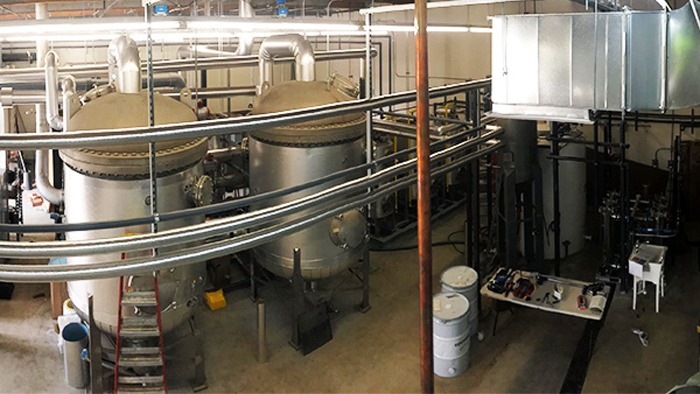
Aerospace
Superfund site redeveloped into habitat for monarch butterflies
Summary
- Boeing needed to clean up a Superfund site near a residential area where various chemicals had been recycled, stored, repackaged, and distributed.
- Our remediation and construction teams successfully addressed the community’s input and facilitated the site’s redevelopment, which included a creating monarch butterfly habitat and an educational trail.
- We fostered consensus between Boeing and regulators, which resulted in a shared vision, significant cost savings, and schedule improvements. The U.S. Environmental Protection Agency (EPA) even includes lessons learned from this project in trainings to show how other sites can implement similar strategies.
Client challenge
At a Kansas Superfund site, chemicals had been recycled, stored, repackaged, and distributed in a mixed commercial, industrial, and residential area. Nearby residents reported many fires and explosions at the site during the 1960s and 1970s. Adding to their worries, the EPA identified chlorinated solvents and metals in the site’s soil and groundwater — as well as its surrounding area — that now needed to be cleaned up.
Numerous stakeholders were involved, and the local community voiced concerns throughout the cleanup process, including an expressed desire to see the site as a community and ecological asset. Haley & Aldrich was chosen for both our innovative thinking to optimize the site remediation and our ability to collaborate with Boeing (which now owned the site), the EPA, the state of Kansas, and other local entities to successfully address the community’s input and facilitate the site’s redevelopment.
Our approach
While Haley & Aldrich did not prepare the original feasibility study, we did identify opportunities to improve the effectiveness of the remedial action plan (RAP) and facilitated acceptance of the modified RAP with the stakeholders. We also worked closely with the client to facilitate a cleanup conducive to the desired future redevelopment of the site, which included a pollinator habitat and educational trail for monarch butterflies.
Our focus in regulatory interactions was to weave complex technical issues into an overall project framework and effectively advocate our client’s position through efficient data management, technical expertise, and communication to all stakeholders. Overcoming the traditional differences between owner and regulator resulted in acceptance of the end vision as well as significant cost savings and schedule improvements. This strategy was the cornerstone of our success. In fact, the EPA now includes lessons learned from the project in presentations to its managers about how other sites can implement similar strategies.
Value delivered
- Built full consensus among property owners and other stakeholders concerned with our client’s strategy
- Reduced costs by more than $10 million compared to EPA’s original expectations for full site excavation
- Decreased costs by an additional $2 million compared to the original feasibility study through technical refinements, including special treatment of hot spots
- Completed project 12 months ahead of schedule and $300,000 under budget with one-team approach combining remediation expertise and construction services
For more information, contact:

Market Leader, Industrial and Manufacturing



